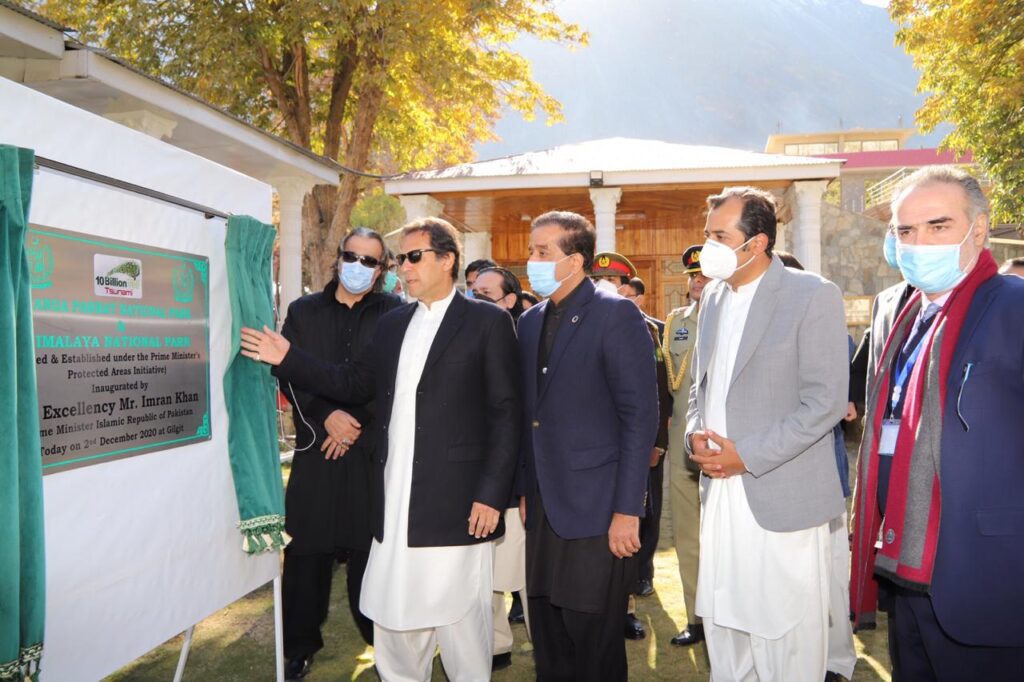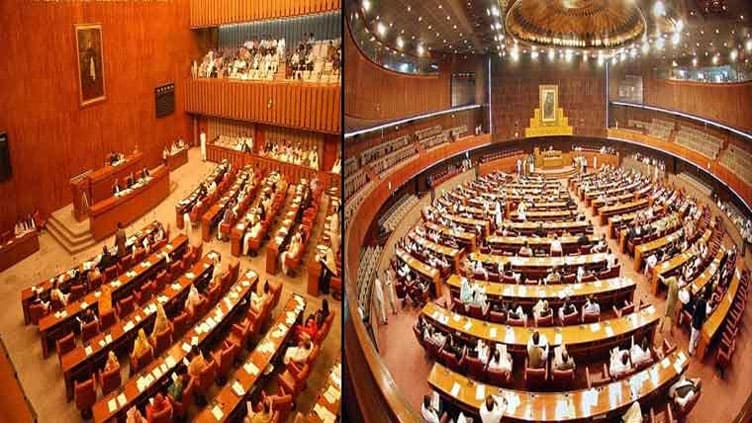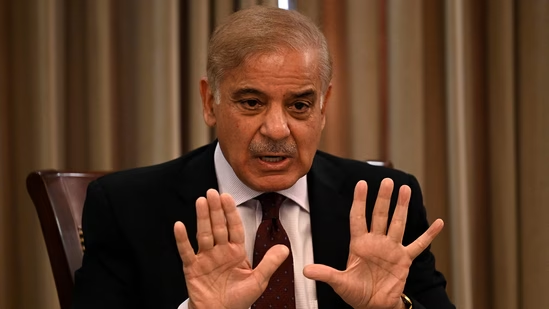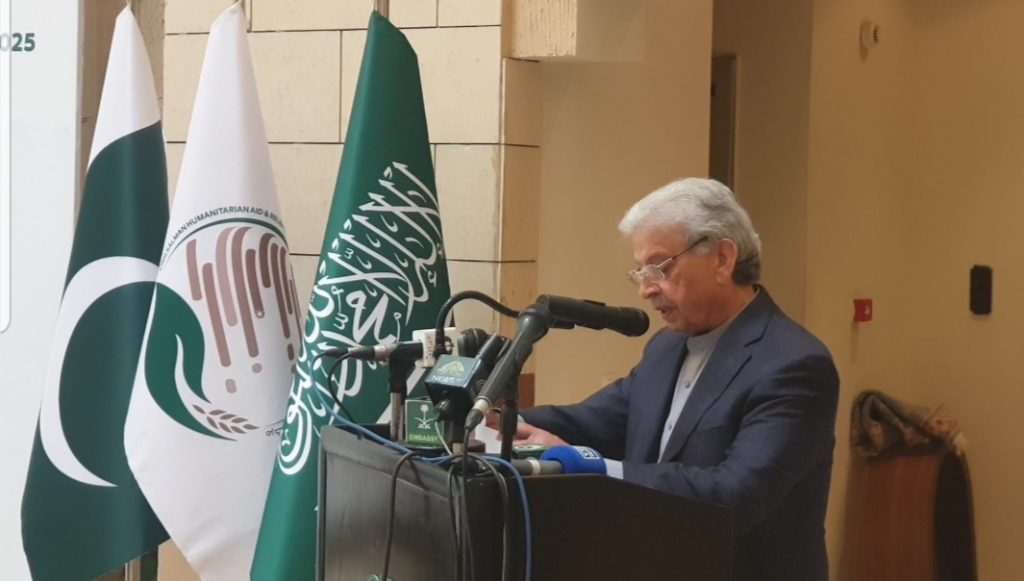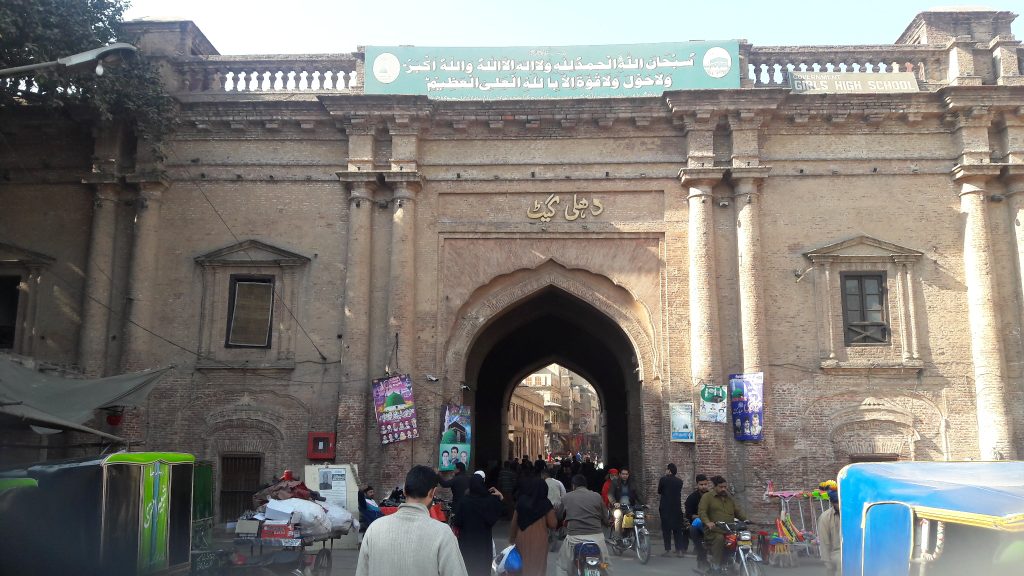 by Aftab Rana
by Aftab Rana
In his recent visit to Gilgit-Baltistan, Prime Minister Imran Khan has announced the establishment of two new high-altitude National Parks in Gilgit-Baltistan, ‘Himalaya National Park’ and ‘Nanga Parbat National Park’ under the Prime Minister’s Protected Areas Initiative. These two new national parks, span a huge area of 3600 sq. km which is almost 5% of total land area of Gilgit-Baltistan, and comprise unique ecological areas with very rich high-altitude biodiversity as well as precious flora and fauna which include snow leopards, Himalayan brown bear, Ladakh Urial, Ibex, Markhors & Blue Sheep. These two National Parks are aiming to ensure the protection and preservation of Pakistan’s natural assets through designation and management as National Parks and providing sustainable livelihood opportunities to local community through the promotion of Ecotoursim.
With the announcement of these two new National Parks a globally unique ‘Nature Corridor’ has also been formed which traverses a high altitude area (over 10000 feet height) and connects the provinces of KP and AJK through Gilgit-Baltistan. This will provide a protected and managed corridor for preserving the wildlife of the area – including the iconic snow leopard.
Till 2018 there were 30 national parks in the country, which were announced over 70 years and most of them just remained on paper without any proper management plans. Now under this initiative, the number of National Parks across all the provinces is being increased to 100 with a proper community based management regimes that will be put in place in all of them. In this regards, the Prime Minister has also approved the formation of Gilgit-Baltistan’s first ‘National Parks Service’ which he said will provide 5000 green jobs to the youth in the province.
The Prime Minister said that the Park Service “Nighebaans” will be trained and employed to manage the national parks in Gilgit-Baltistan as areas for biodiversity protection, safe habitats for wildlife preservation as well as for the promotion of nature based ecotourism.
The region of Gilgit-Baltistan has unique and rich biodiversity, with a variety of extraordinary natural locations so it has perfect conditions available for the promotion of ecotourism. There is now need to make ecotourism a priority tourism product for GB. Nature based tourism products such as bird watching, wildlife viewing, nature photo safari tours etc. should be developed in collaboration with tour operators, conservation NGOs and local communities. SLF, IUCN, WWF and STFP are already engaged in developing some pilot projects in this field. Efforts should be made to develop necessary facilities and services in these national parks and other protected areas in coordination with concerned departments, conservation organizations and local community to make them suitable for ecotourism.
Presently, not a single national park of Pakistan is properly developed for ecotourism point of view. Some random efforts have been made here and there in the past but it needs more integrated planning in consultation with all concerned stakeholders. All the management plans of national parks should clearly define the objectives and scope of ecotourism activities in the selected area and facilities for Eco-tourists should be developed keeping in view the international best practices and guidelines.
Local community must be engaged in providing services to ecotourism visitors in the protected areas under proper rules and regulations to share the income and collecting some of the savings in joint conservation fund as well for community development work. For this, there is need to develop their capacity in visitors management and running eco-friendly small businesses in the designated areas of national parks. This will encourage them to be good custodians of these national parks. They should also be provided soft loans to establish ecotourism facilities and services and free training to operate these facilities in an eco-friendly manner. Moreover, there is also need to develop marketing plan to attract real eco tourists to our national parks through a well-designed promotional and marketing campaign using e-commerce tools, social media and proper networking with tour operators and national/international tourism organizations.

